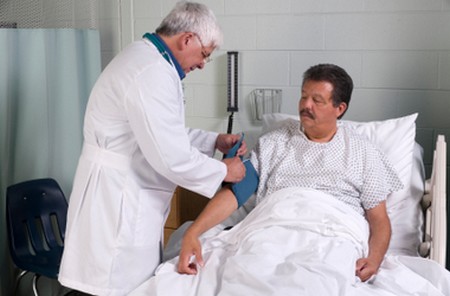Choice of clothing is a very personal thing and both patients and their relatives will probably have fixed ideas about what they like and dislike. Cultural or religious traditions may also determine the clothes they wear. However, if illness or disability makes it necessary to adapt clothing for a specific need, most people appreciate help.
This means that, as well as being able to help dress and undress the patient and offering dressing aids to make it easier for him to dress and undress himself, you should also find out what special clothing is available for his particular disability, and what adaptations you can make to his existing clothing. You may find you have to learn to help someone with a garment that is unfamiliar to you, such as a sari, for example. Remember that, in helping the patient to select the right clothing for his condition, tact is just as important as the choice itself. Be careful not to cause embarrassment by suggesting items which are out of the patient’s price range, for example, or which make patients feel more conscious of their particular problem.
Dressing and undressing
It is wise to encourage the patient to do as much for himself as he can. This may make dressing and undressing lengthy processes if he is blind, stiff, weak from old age, arthritic, has lost a limb or is paralysed as the result of an injury or stroke. But they are important routines in the patient’s day: every achievement is a step towards independence. Allow the patient plenty of time for dressing and undressing and provide any dressing aids appropriate to his disability. Encourage him to rest at intervals.
Sleeves over arms
If one arm is injured or paralysed, deal with it first. Slip your hand up through the sleeve from the cuff and grasp the patient’s hand. Slide the sleeve of the garment along her arm and round her back, pulling the garment not the patient.
Trousers over legs
With the patient laying on the bed, slide the trousers over one foot, then the other. Pull them up. Help the patient to life his buttocks off the bed while you ease the trousers up to the waist. Tuck in the shirt and fasten them.
